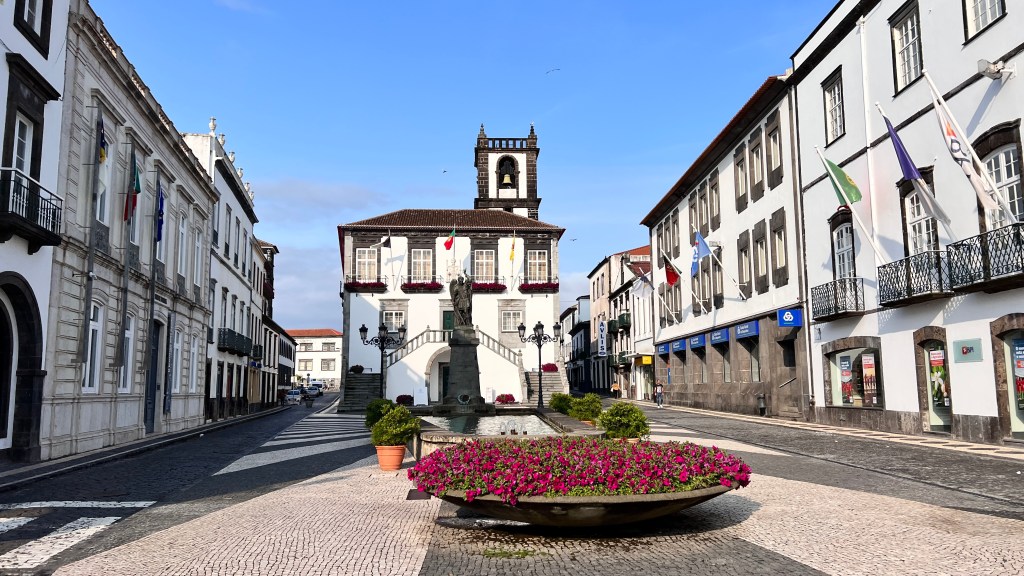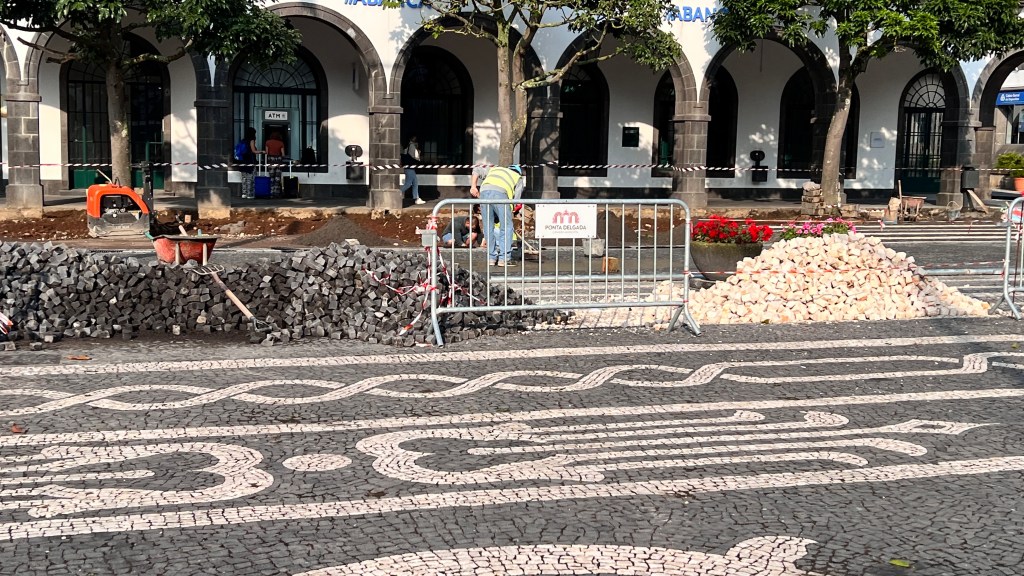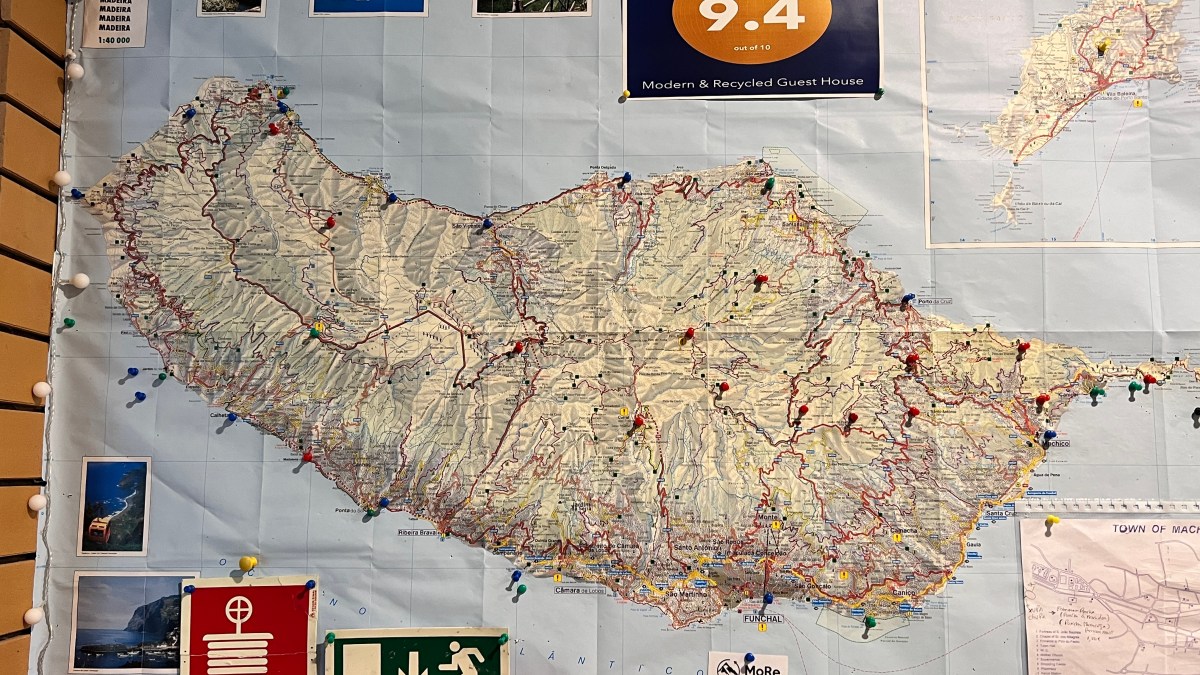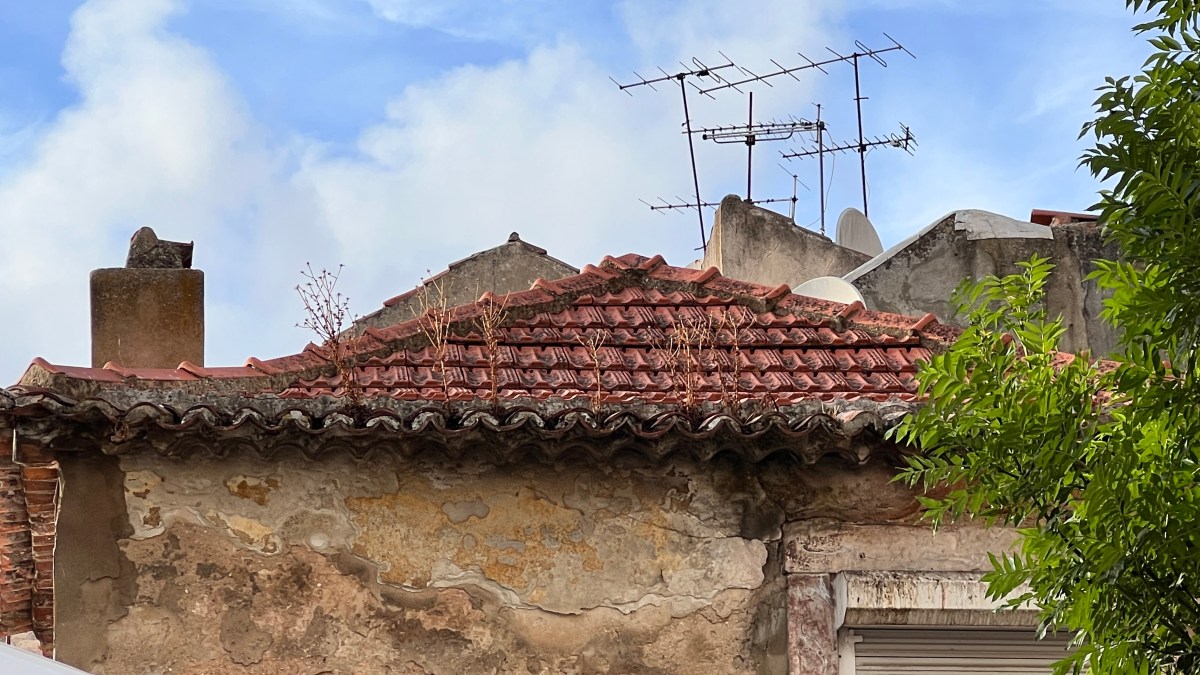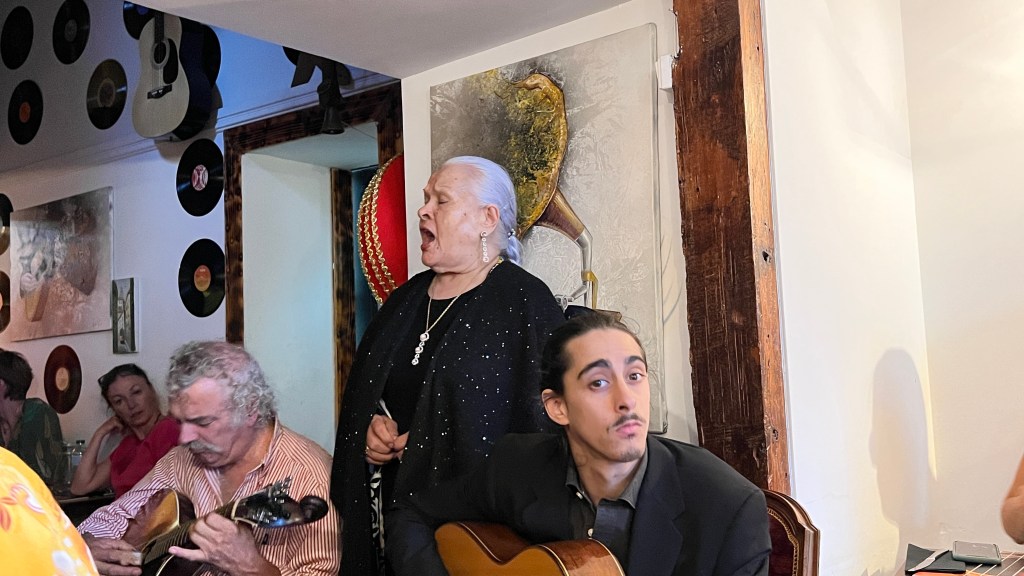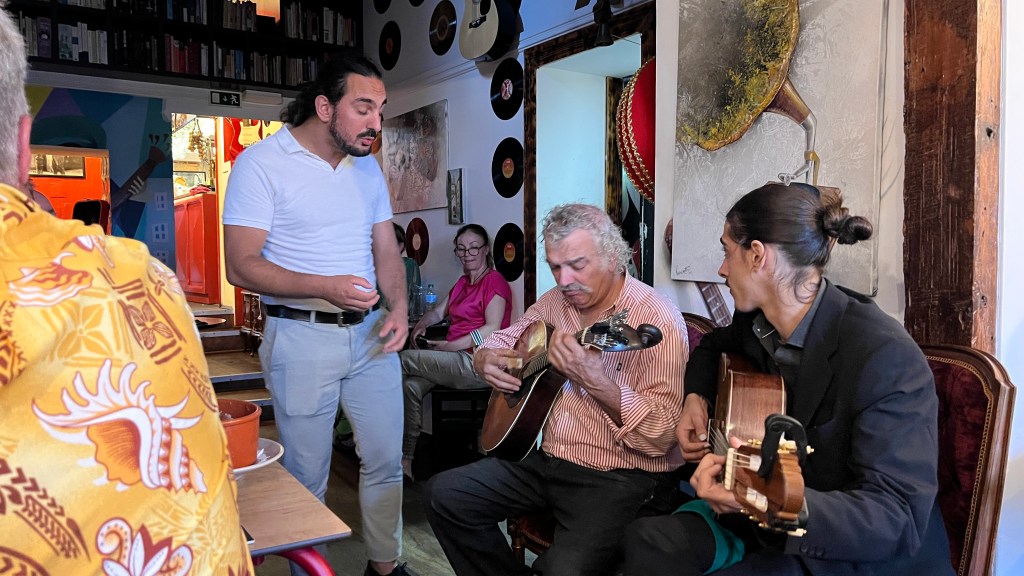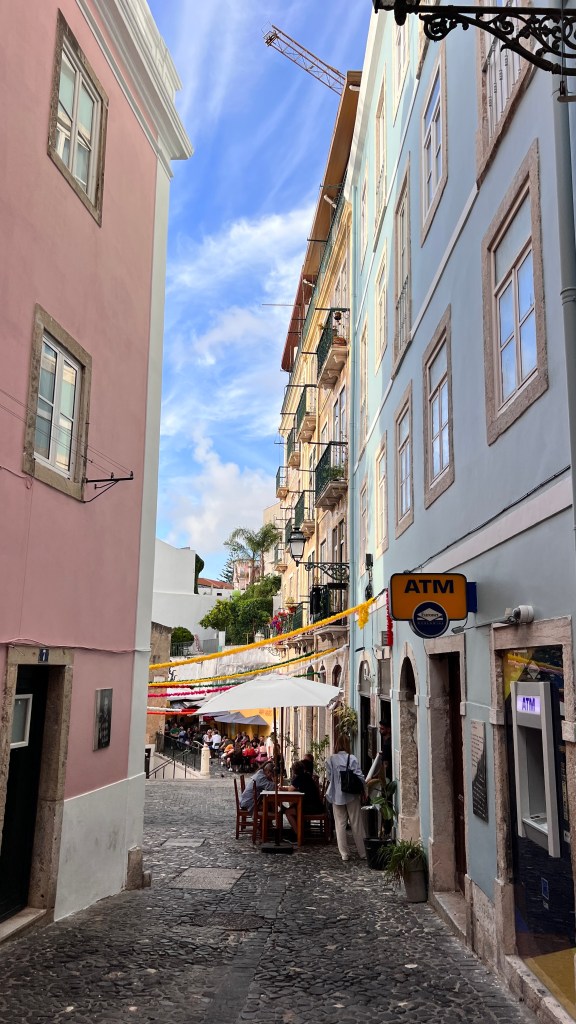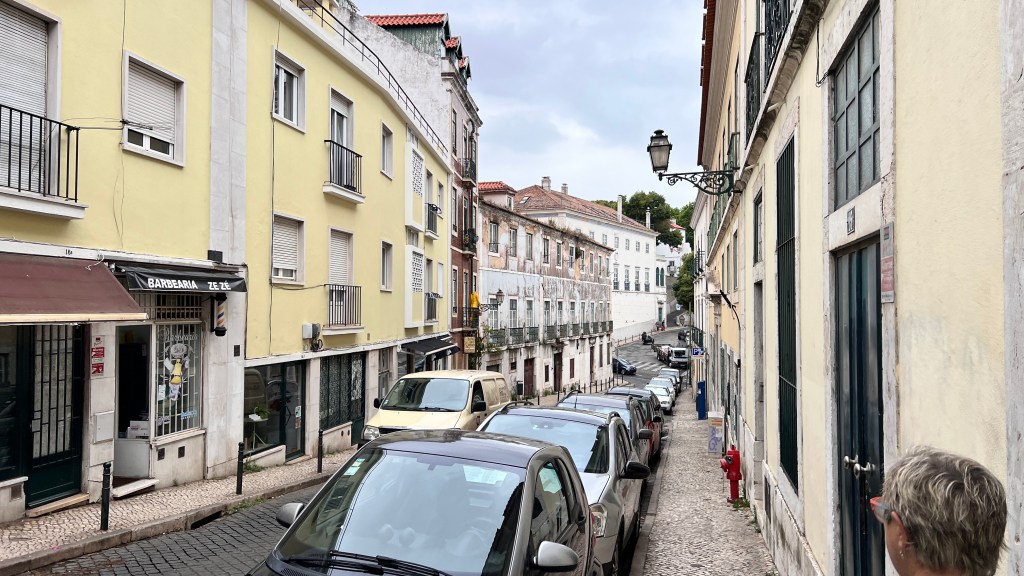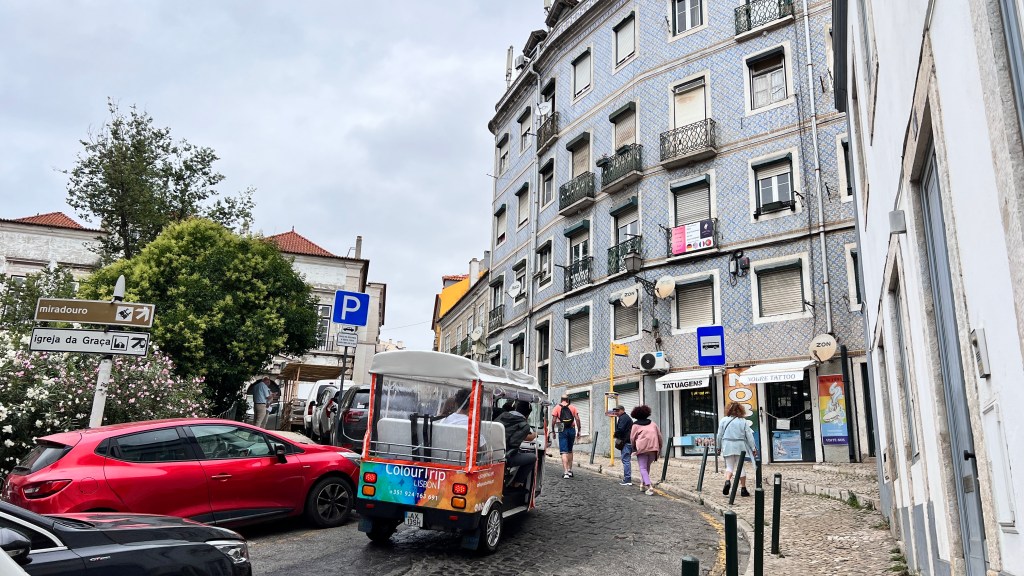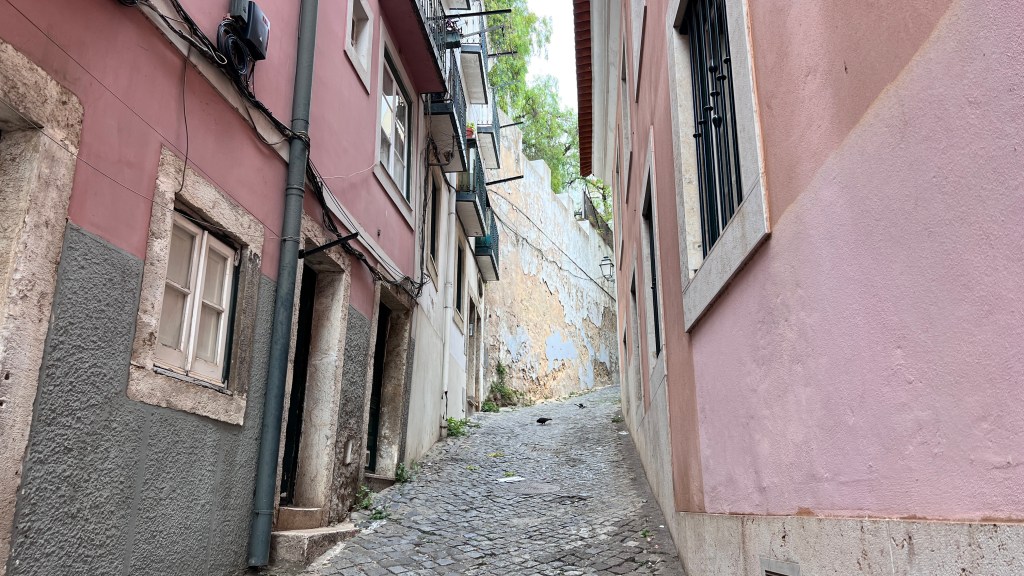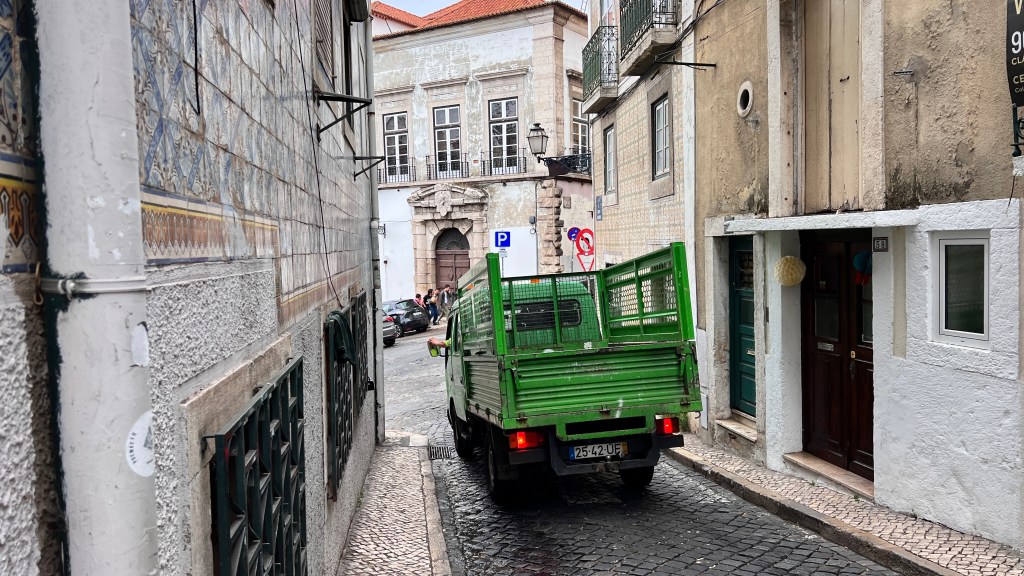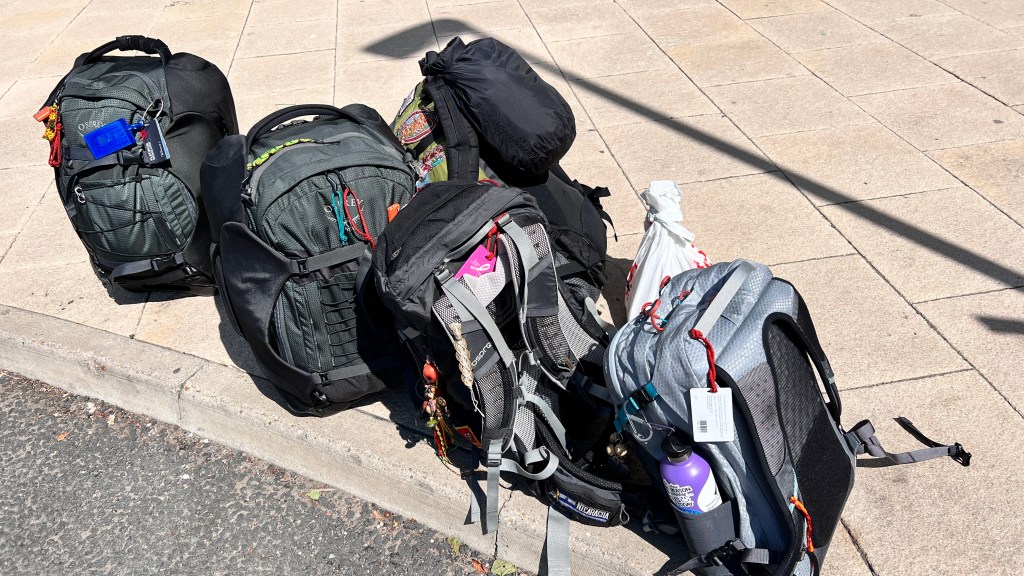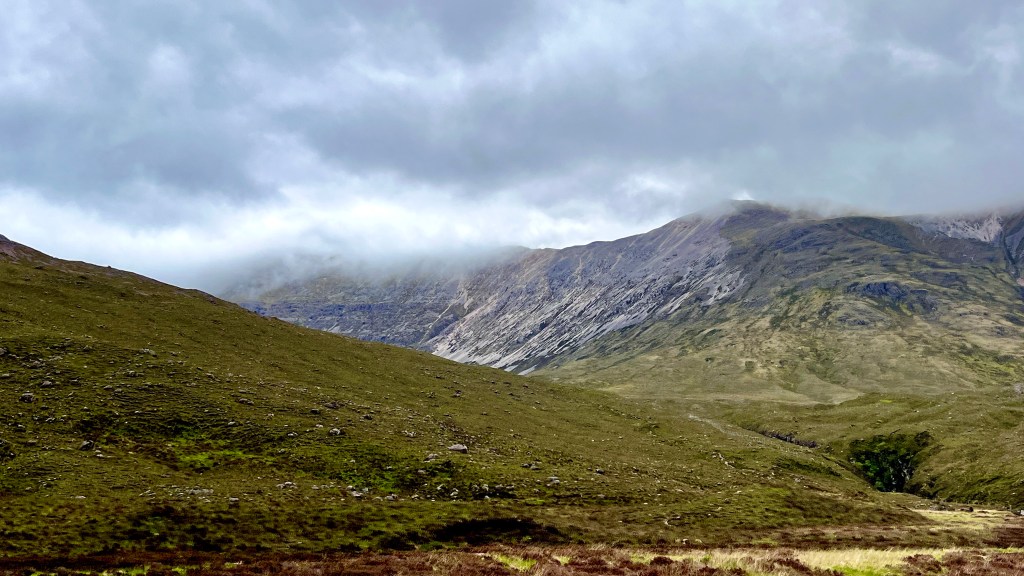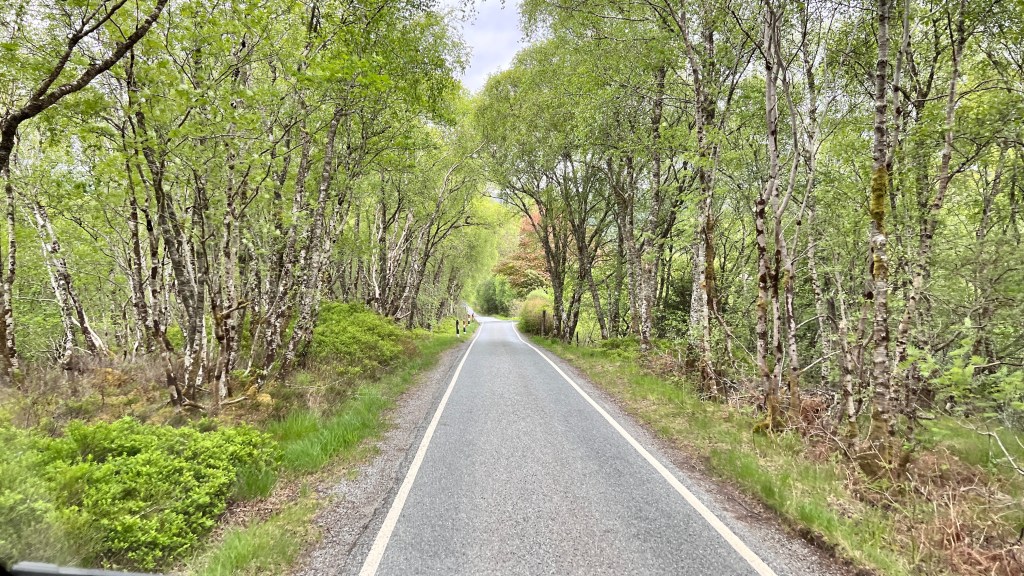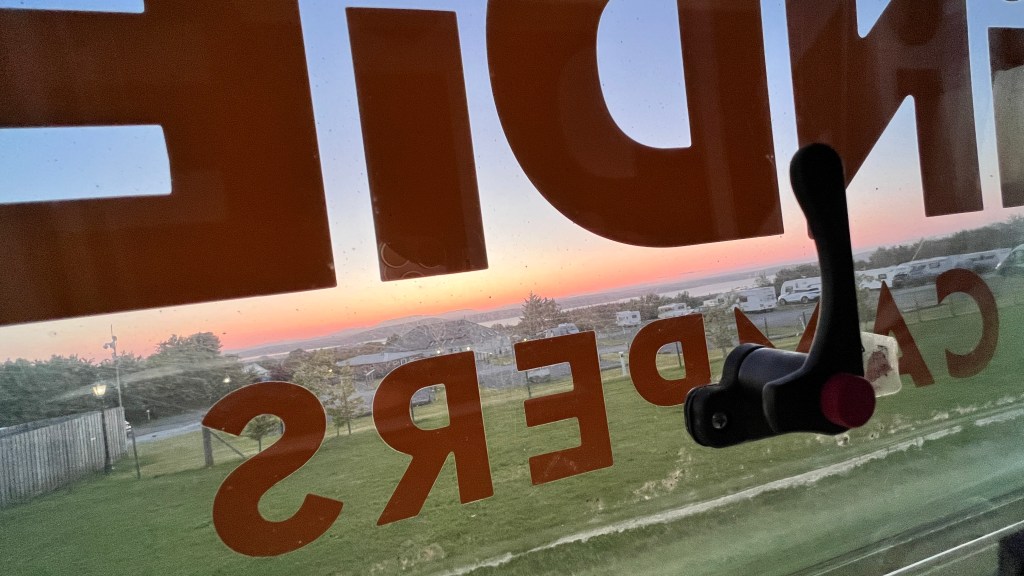Madeira Island is a lovely, lush green island that sits about 500 miles east of Portugal mainland. Volcanic in it’s development, the island has rich soil for growing. It is also mountainous and rich with thermally heated ocean pools on the coast, mostly concentrated in Porto Moniz and Seixal. Don’t be fooled by the “thermally heated” part, these pools are actually cool at 20-22 degrees Celsius (68-70 Fahrenheit) and quite refreshing on a hot day. Porto Moniz is definitely geared around tourism, the shops and restaurants close early as the tour buses leave and the place becomes a ghost town.


We stayed in a lovely, modern guesthouse in between the commercially run “swimming pools” and the natural “free” pools. We were within walking distance of many restaurants, most serving ice cream, pizza, and the local fare.
The last night we found a “local” restaurant serving meat on a skewer, or shish-cá-bobs at home, using Rodízio Grill style long metal spits grilled over an open flame served hanging from a stand for us to pull off as we wished. They also served the “catch of the day”, local breads and octopus based foods, including an octopus sandwich.


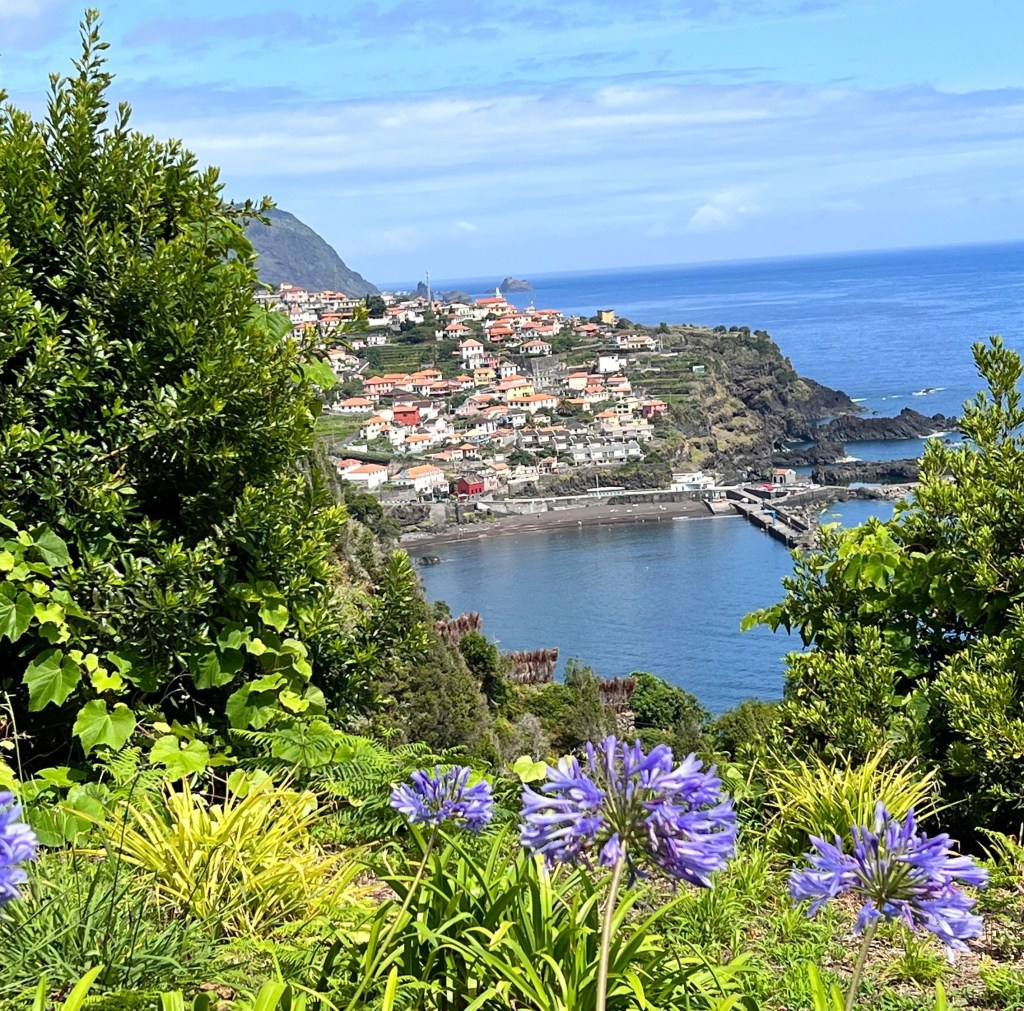
One thing we became well aware of while in Porto Moniz and then other eating establishments, sadly there is a locals price and a tourist price and the song and dance the waiters give for why your meal is more than the price in the menu is quite elaborate, ranging from VAT taxes to oh I made a mistake. They often will send out a coligue to accept your payment hoping you don’t notice. Our largest error was around $15 off at a restaurant we found a bit out of the city square. We haggled and still ended up $10 too high. Café Atlântico was the name of this restaurant. Also be aware that they will put bread and some sort of a sauce or perhaps just garlic bread with cheese on your table, much like chips-n-salsa at a Mexican restaurant, but then will charge you if you eat it.
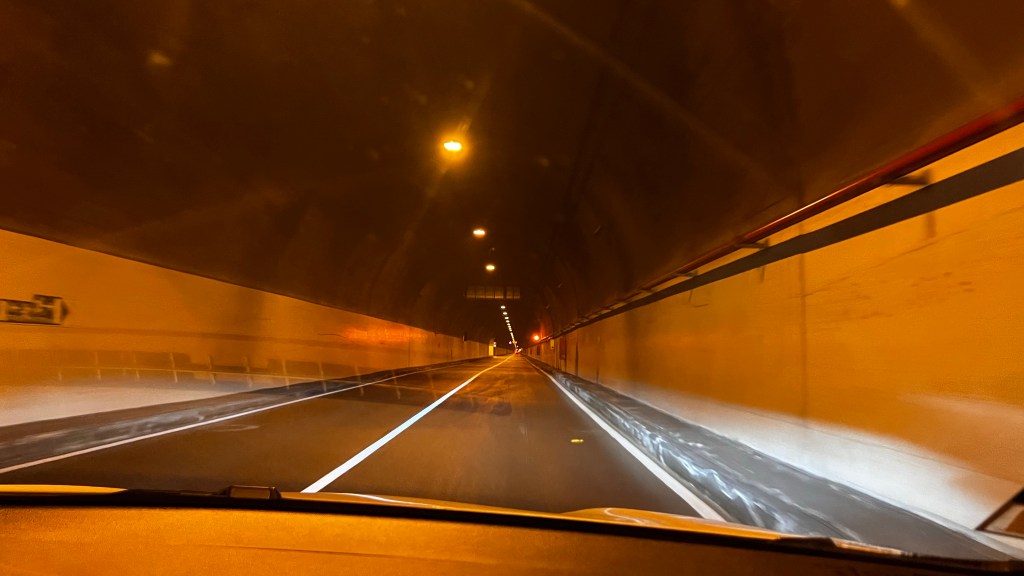

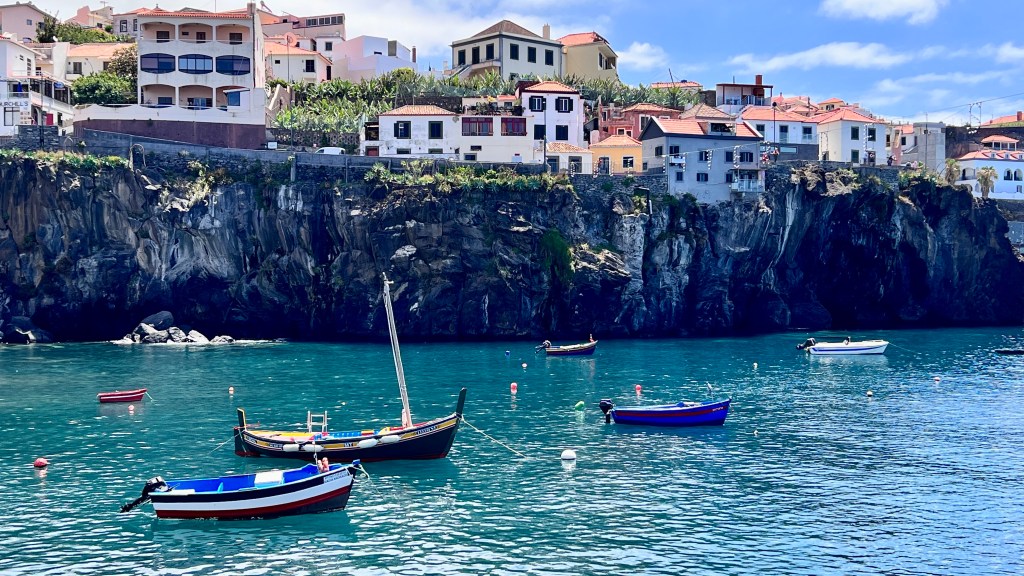
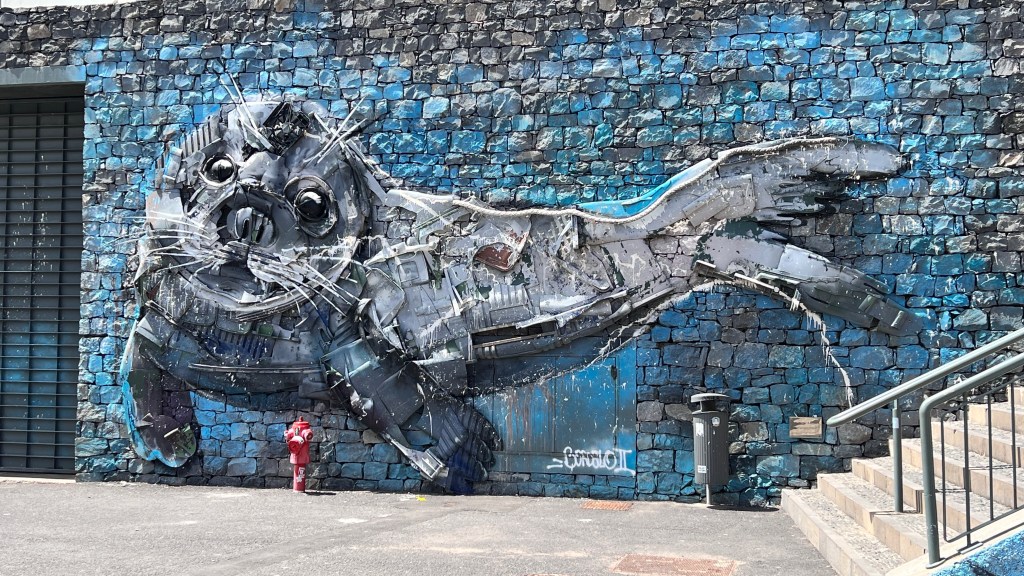
After several days in Porto Moniz, and driving around to the small villages above the sea cliffs, we drove back through the tunnels to Câmara de Lobos, a sleepy fishing town where everything is also straight up from the sea port. There is a system of steep stairs and “alleyways” to ascend and descend. This town is hundreds of years old and not built for automobile travel. They are making changes and building infrastructure to accommodate busses and trucks, but if you choose to rent a car…make it a really really small one. If you stay up on the hill, chances are you will encounter a small “street” which has two way traffic and is barely big enough for one often with the mirrors having to be folded in.
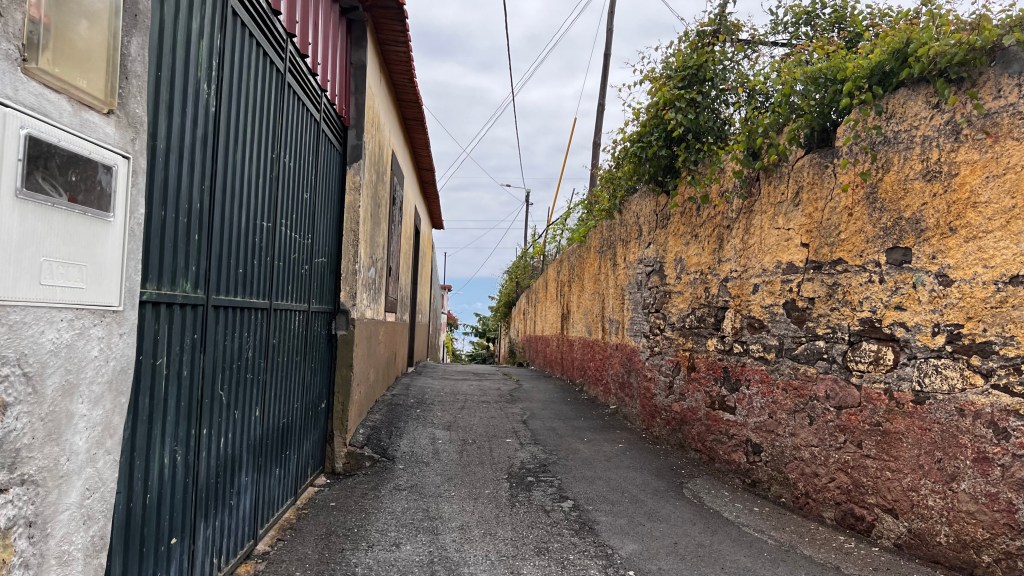

In town it was fun to see how the sea side villagers are taking plastic, tin and aluminum “trash”, and turning it onto colorful and imaginative artwork. Between the artwork and lights strung high above the streets, the atmosphere is quite festive. Stop in for a sample of a local drink called Poncha. It is said to be the drink of the fishermen, or their medicine. It is a combination of honey, muddled lemon and orange with some peel, sugar and aguardente de cana (rum). It is a traditional drink developed on Madeira and said to be drank before going out at night to catch the Scabbard fish, a long black snake-like fish with huge eyes and a mouth full of fangs. They come up at night to feed and the fishermen are waiting. The meat from these fish is not very oily so it doesn’t taste very fishy but has a mild flavor and firm texture. They are considered a delicacy.

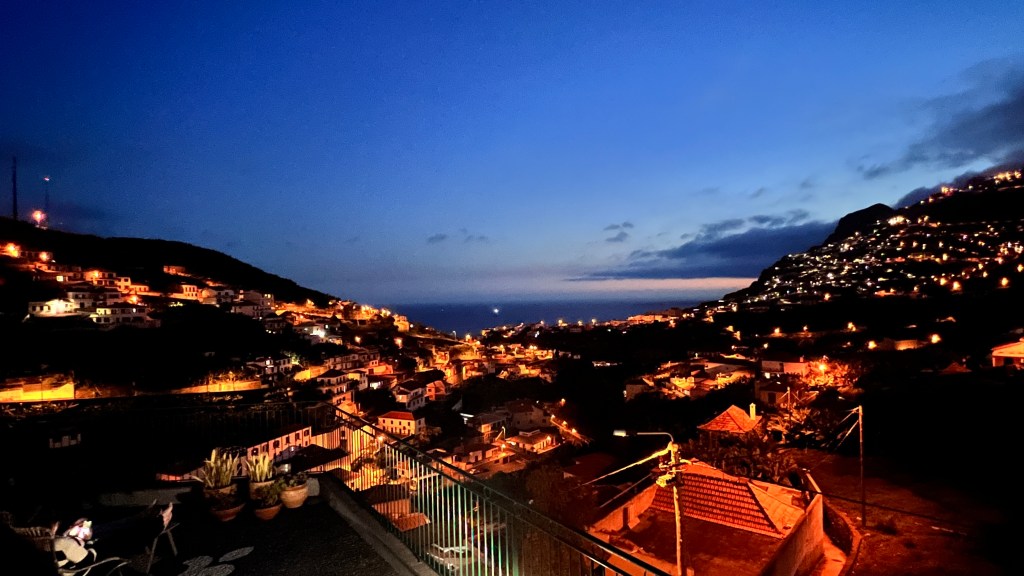
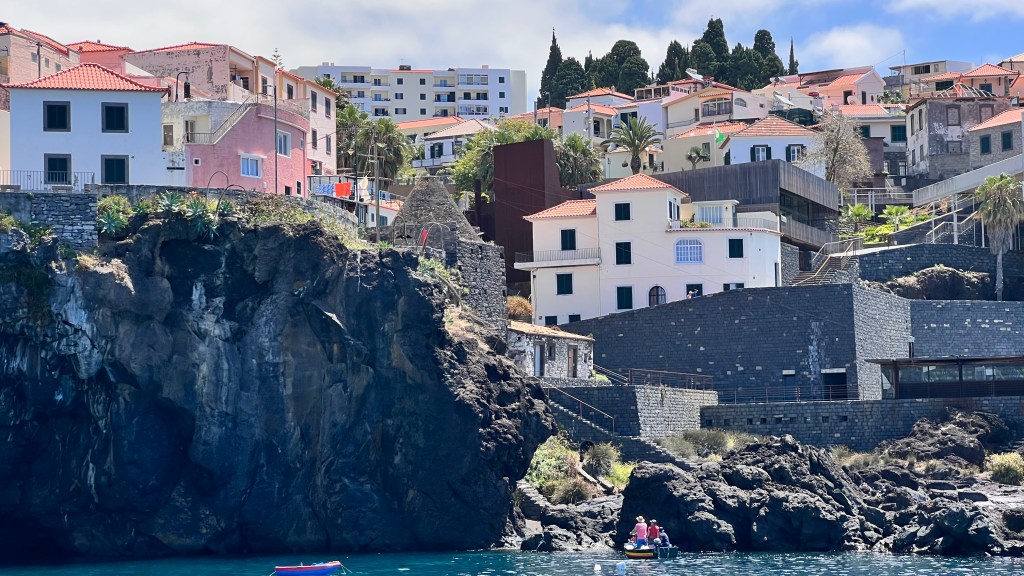
After a week in Madeira, we hopped on an early flight to São Miguel, the biggest island in the Açores. We in arrived Punta Delgada before 7am…earlier than the shops open, with the exception of the coffee shops, so we wondered around the cobbled stone streets and sidewalks. The streets and squares were black and white cobbled stones in flowing swirls with intricate patterns. The store fronts followed the weaving streets, painted in pastel colors with rot iron accents on windows and narrow decks of volcanic stone. Some buildings dating back into the early seventeenth century. Churches and government buildings dotted the corners of the open city squares. Statues to the Archangel Micheal adorned buildings and reflecting pools in the squares. One journey ended and a whole new one was about to begin.
